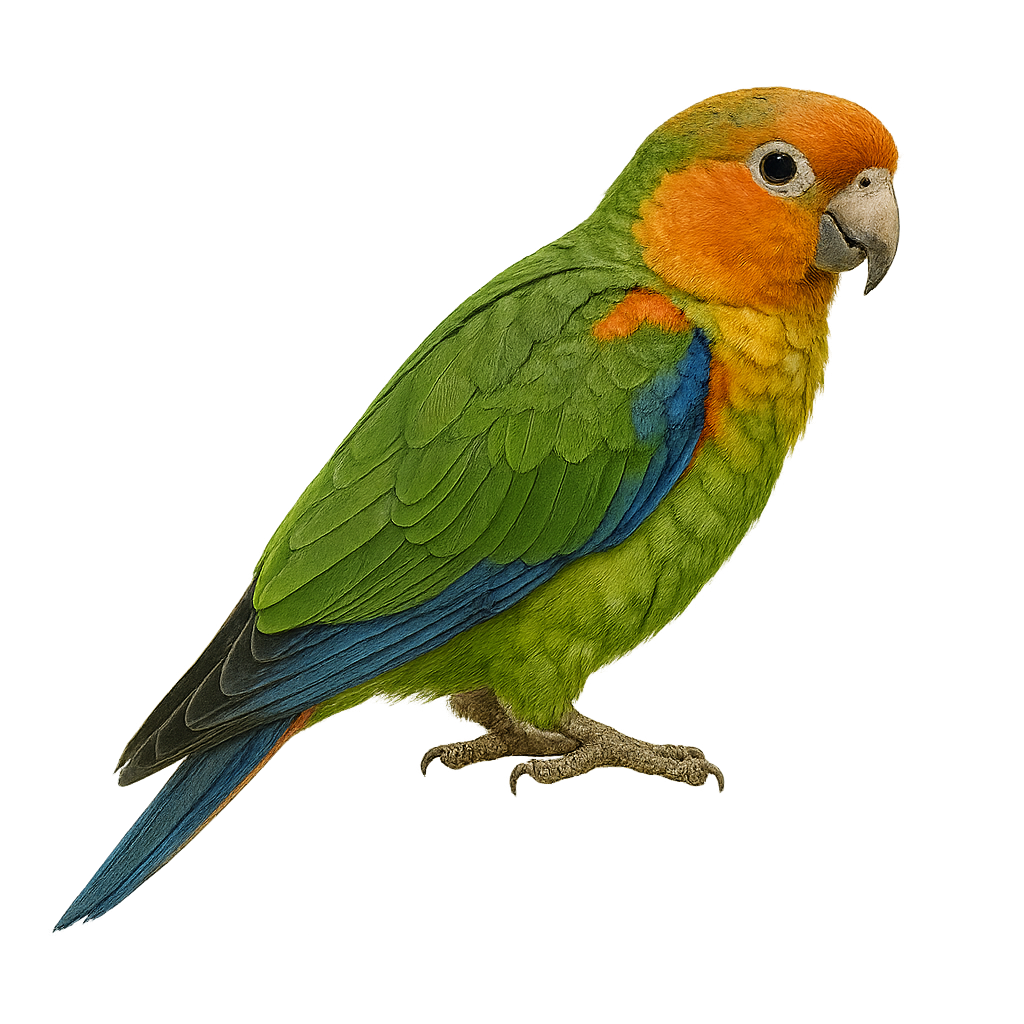Your wildlife photography guide.
Explore the blue-fronted parrot in detail, study its behavior, prepare your shots.
Where to observe and photograph the blue-fronted parrot in the wild
Learn where and when to spot the blue-fronted parrot in the wild, how to identify the species based on distinctive features, and what natural environments it inhabits. The WildlifePhotographer app offers tailored photography tips that reflect the blue-fronted parrot’s behavior, helping you capture better wildlife images. Explore the full species profile for key information including description, habitat, active periods, and approach techniques.
Blue-fronted Parrot
Scientific name: Hapalopsittaca amazonina

IUCN Status: Least Concern
Family: PSITTACIDAE
Group: Birds
Sensitivity to human approach: Suspicious
Minimum approach distance: 10 m
Courtship display: March to May
Incubation: 24-26 jours
Hatchings: March to June
Habitat:
Humid forests, tropical forests, wooded areas
Activity period :
Primarily active during the day, with peak activity in the morning and late afternoon.
Identification and description:
The Hapalopsittaca amazonina, known as the Blue-fronted Parrot, is a fascinating bird native to the humid forests of South America. This medium-sized parrot features vibrant green plumage with a distinctive blue patch on its forehead. Its strong, hooked beak is adapted for cracking nuts and seeds, which make up the bulk of its diet. Social by nature, it often lives in noisy flocks, moving through the canopy in search of food. Although its habitat is threatened by deforestation, it remains relatively common in some areas. Its ability to mimic sounds also makes it a favorite among exotic bird enthusiasts.
Recommended lens:
400 mm – adjust based on distance, desired framing (portrait or habitat), and approach conditions.
Photography tips:
To photograph the Blue-fronted Parrot, choose sunny mornings when natural light highlights the vibrant colors of its plumage. Use a telephoto lens of at least 400mm to capture precise details from a distance. Be patient and discreet, as these birds can be suspicious. Look for areas where they feed or rest, and avoid sudden movements to prevent scaring them away. A tripod can be useful to stabilize your camera and achieve sharp images.
The WildlifePhotographer App is coming soon!
Be the first to explore the best nature spots, track rutting seasons, log your observations, and observe more wildlife.
Already 1 430 wildlife lovers subscribed worldwide

